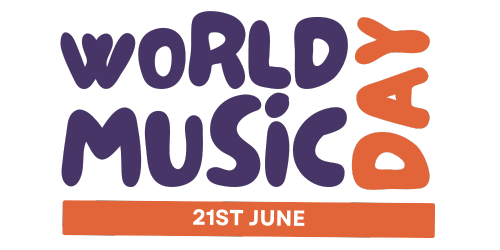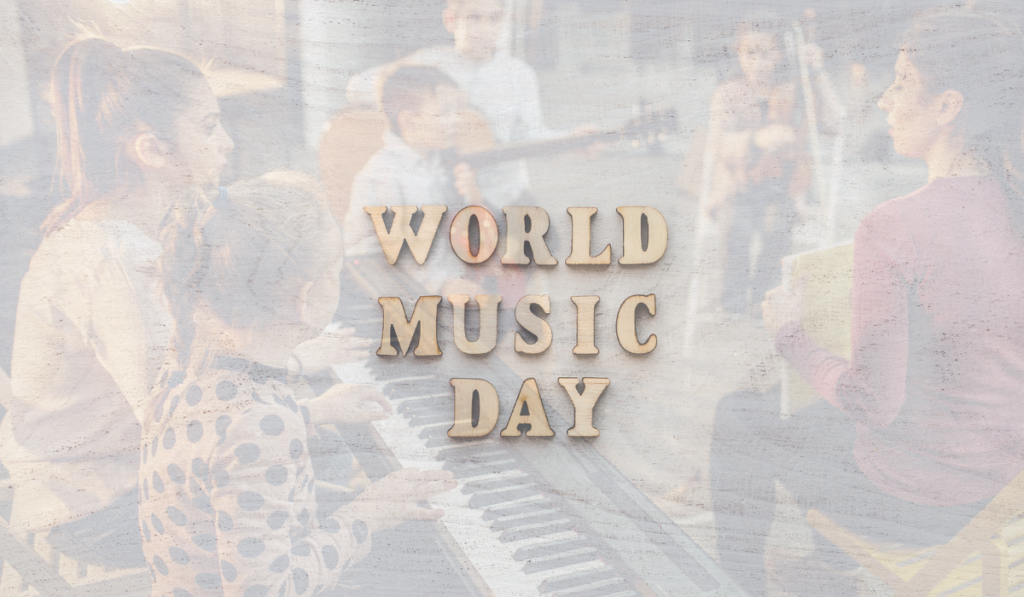Music has long been recognized as a powerful tool for teaching history and social studies. Not only does it have the ability to make learning more engaging and interactive, but it can also provide valuable insights into the culture, beliefs, and values of people from different eras and regions. Folktales, in particular, are a rich source of historical and cultural information that can be used to enhance classroom instruction.
Folktales are traditional stories passed down through generations, often through oral tradition. They can provide students with a glimpse into the daily lives of people from different eras and regions, and help them understand the cultural context of historical events. For example, folktales about royalty can be used to discuss the role of monarchs in different societies and time periods. Similarly, folktales about the supernatural can be used to discuss the role of religion in shaping a culture’s beliefs and customs. By incorporating folktales into the curriculum, teachers can help students develop a deeper understanding of the past and how it has shaped the present.
Popular music, on the other hand, can be used to teach about contemporary issues and current events. Music that addresses social justice and civil rights, for example, can be used to discuss the ongoing struggle for equality and diversity in society. Similarly, songs about environmental issues can be used to discuss the importance of protecting the planet and preserving natural resources. By analyzing lyrics and comparing them to historical events or social issues, students can learn to identify bias, evaluate evidence, and draw conclusions. Additionally, music can be used to facilitate discussions and debates, encouraging students to express their own opinions and perspectives.
Using music to teach history and social studies can also be a great way to promote cultural understanding and appreciation. By exposing students to the music of different cultures, they can gain a deeper understanding of the people and places they are learning about. This can lead to greater empathy and respect for others, and a more open-minded and inclusive world view. It can be a great idea to encourage students to create their own music that reflects their understanding of a historical event or social issue they are studying, this will make them more invested in their learning and give them an opportunity to express their creativity.
Incorporating music into the classroom can also be beneficial in terms of students’ cognitive development. For example, by listening to music, students can improve their memory, concentration and ability to focus for a longer period of time. Additionally, research has shown that listening to music can increase the release of dopamine, a neurotransmitter that helps to improve mood, motivation, and learning.
Overall, using music to teach history and social studies can be a fun and engaging way to help students understand and appreciate the past, present, and future. By incorporating folktales and popular music into the curriculum, teachers can provide a more dynamic and interactive learning experience for their students. This approach can not only enhance students’ learning and understanding of the subject matter, but also improve their critical thinking, creativity, and appreciation of different cultures.



